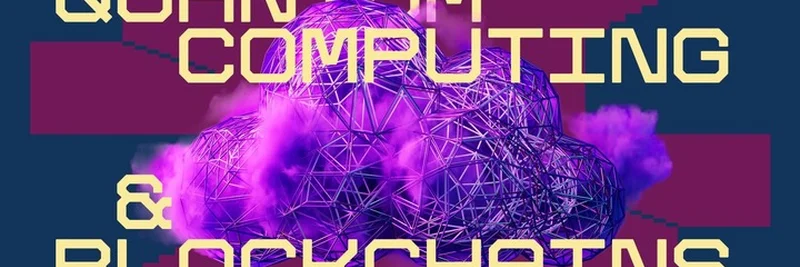Hey there, fellow crypto enthusiasts! If you're deep into the world of meme tokens and blockchain tech, you've probably heard the buzz about traditional finance giants dipping their toes into our decentralized playground. Recently, Haseeb Qureshi, managing partner at Dragonfly Capital, dropped a intriguing tweet highlighting Robinhood's bold move into blockchain with their own chain. Let's dive into what this means, breaking down the key points from the podcast episode he referenced, all while keeping things simple and relatable.
What's Robinhood Up To? Launching Their Own Chain
Robinhood, the app that made stock trading accessible to the masses, is now venturing deeper into crypto. They're launching "Robinhood Chain," a Layer 2 (L2) blockchain built on top of an existing Layer 1 (L1) like Ethereum. Why L2? It's faster and cheaper for transactions compared to building a whole new base layer from scratch. In the podcast on The Chopping Block, Robinhood CEO Vlad Tenev explained this choice, emphasizing efficiency for real-world applications.
This isn't just another blockchain hype; it's about bringing traditional assets on-chain. Think tokenized stocks – digital versions of real stocks that you can trade anytime, anywhere.
Tokenized Stocks: From Public to Private Shares
One of the most exciting parts? Tokenizing U.S. equities and even private company shares. Vlad discussed how they could use special purpose vehicles (SPVs) to wrap shares of hot private firms like OpenAI or SpaceX into tokens. These could then trade on secondary markets, all on-chain.
But here's the catch: some companies might not want their shares tokenized "against their will." The podcast delves into this tension between permissionless innovation (a core crypto principle where anyone can create and trade without approval) and respecting issuer consent. It's a fascinating debate that highlights how blockchain is blurring the lines between public and private markets.
The Memecoin Paradox: Why Memes But Not SpaceX?
Vlad nailed it with a quote that resonates in the meme token community: "You can buy memes but not OpenAI." It's wild, right? Retail investors like us can pour money into volatile memecoins – think Dogecoin or the latest Solana pump – with minimal barriers. But accessing tokenized shares of established companies like SpaceX is deemed "too risky" under current rules.
This paradox underscores a bigger issue in investor protection. The episode discusses reforming accreditation – moving away from wealth-based gates (you need to be rich to invest in certain assets) to simpler disclosures and self-certification. If implemented, this could open up tokenized private markets to more people, potentially rivaling the accessibility of memecoins.
24/7 Trading: No More Market Hours
Forget waiting for the bell – Robinhood envisions 24/7 trading for stocks, just like crypto. Vlad talked about shifting from 24/5 (current extended hours) to true round-the-clock access. This would shake up infrastructure like the DTCC (the folks who clear stock trades) and transfer agents.
For meme token traders used to non-stop action, this sounds familiar. It could bring more liquidity and excitement to traditional stocks, making finance feel more like the crypto world we're accustomed to.
Global Expansion and Digital Asset Treasuries
Looking beyond the U.S., Robinhood plans an ex-US rollout using a stablecoin-like approach: KYC (know your customer) checks, geofencing to comply with local laws, and permissionless assets where possible. This could globalize tokenized finance, letting international users trade U.S. assets seamlessly.
They also touched on Digital Asset Treasuries (DATs), which are like on-chain funds holding crypto assets for yield. Compared to staking ETFs, DATs might offer better dynamics with market net asset value (mNAV) compression – basically, keeping prices stable while generating returns.
AI and Safer Smart Contracts
The conversation wasn't all finance; it veered into tech with Vlad's AI "Aristotle," which aced math at IMO gold-medal level. More importantly, they discussed using AI for formal verification of smart contracts – going beyond manual audits to make code safer. For meme token creators, this could mean fewer hacks and rugs, enhancing trust in the ecosystem.
Robinhood's Endgame: From Retail App to Institutional Powerhouse
Vlad outlined Robinhood's vision for the next decade: evolving into a B2B and institutional player while expanding globally. With vertical integration (controlling wallet, chain, and custody), they aim for better pricing, UX, and liquidity.
For us in the meme token space, this signals more convergence between TradFi and DeFi. As platforms like Robinhood bridge the gap, meme tokens might see increased adoption from traditional investors seeking that 24/7 thrill.
If you're intrigued, check out the original tweet by Haseeb or dive into the full podcast on Unchained. What do you think – will tokenized stocks outshine memecoins, or is the degen life here to stay? Drop your thoughts in the comments!

